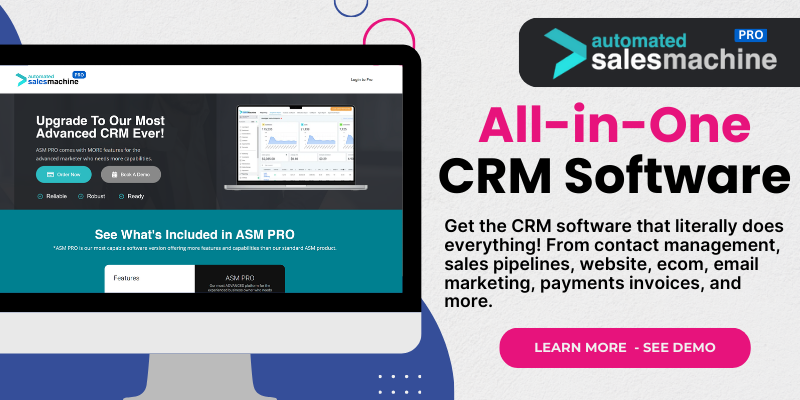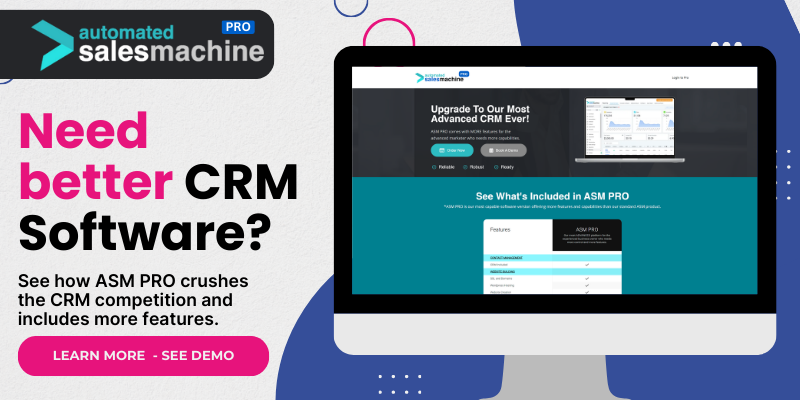Understanding Your Nonprofit’s Needs
Why CRM is Crucial for Nonprofits
As someone who has worked closely with nonprofits, I’ve seen firsthand just how essential a good Customer Relationship Management (CRM) system is. You guys, it’s all about managing relationships – whether that’s with donors, volunteers, or beneficiaries. A solid CRM helps you streamline communication, track donations, and cultivate relationships, which is key for any nonprofit’s mission.
The right CRM can make a world of difference in how efficiently you operate. It keeps everything in one place and minimizes the chaos. Trust me, having all that info at your fingertips saves time and cuts down on miscommunication – both of which are gold when you’re running on a shoestring budget.
Furthermore, effective CRM tools empower nonprofits to genuinely connect with their community. The more personal and effective your outreach, the better your chances of engaging supporters and keeping them involved in your cause.
Identifying Key Features
So, what features should you be looking out for? Well, in my experience, a user-friendly interface is a must. If your team struggles to navigate the platform, it defeats the purpose. You need something everyone can pick up without a steep learning curve.
You’ll also want robust reporting tools. These can provide insights into donor trends and campaign effectiveness. Understanding who’s donating and what engages your audience can shape your strategies moving forward.
Lastly, integrations are a huge deal. You want a CRM that can play nice with other software you’re using, whether that’s email marketing tools or social media platforms. This connectedness can really maximize your impact.
Your Budget Considerations
Let’s be real – nonprofits often operate with tight budgets. I’ve been there, so I totally get it. When choosing a CRM, consider both upfront costs and ongoing fees. Some software offers free tiers or discounts for nonprofits, which can work wonders for your budget.
Also, think about scalability. The last thing you want is to outgrow your CRM in a year. You need a tool that can grow with you. Find one that offers various pricing plans that can adjust as your needs change.
Don’t forget to factor in training costs, too! Some CRMs require a bit more setup and training than others, so remember to include that in your budget strategy.
Exploring Top CRM Software Options
Salesforce for Nonprofits
Salesforce is like the big player in the CRM world, and it has a dedicated nonprofit version. It’s super customizable, so if you have specific needs, you can adjust it without breaking a sweat. I love its reporting capabilities – they’re a game-changer!
However, keep in mind that Salesforce can be a bit overwhelming at first. It’s packed with features, so be ready for a learning curve. But if you invest the time into it, you’ll find it’s worth it.
They also offer discounts for nonprofits, which definitely helps when you’re penny-pinching. Overall, if you’re serious about growing and need something comprehensive, give Salesforce a shot.
Bloomerang
Bloomerang is another contender that really stands out, especially for smaller nonprofits. Its simplicity is refreshing, and it focuses heavily on donor retention. That’s key – you want to keep your current donors happy, not just chase new ones.
One of my favorite features is the dashboard that shows you the health of your donor base at a glance. It’s like a quick checkup for your fundraising efforts. Plus, Bloomerang has great educational resources if you’re looking to up your skills in nonprofit management.
Plus, their customer service is top notch. If you get stuck, you can count on them to help you through it. In the nonprofit realm, that kind of support can really make a difference!
Kindful
Kindful is another fantastic option that’s packed with features, yet still easy to use. One of the things I appreciate about it is the donor management capabilities. You can track everything from donations to events seamlessly.
What’s really cool is its dashboard and analytics features that provide insights into your fundraising efforts. Knowing what works is essential for any strategic approach, and Kindful definitely delivers on that front.
Best of all, it integrates with various other platforms like Mailchimp and QuickBooks, which makes life a whole lot easier as you manage your various tasks.
Evaluating Implementation Strategy
Integration with Existing Systems
Integrating your new CRM with existing systems is often easier said than done. Take it from me, planning is essential here. You’ll want to map out what you’re already using and how the new CRM can fit in seamlessly.
Testing the integration thoroughly before going live is crucial. You don’t want to find out there are glitches once your team is operating at full speed. Believe me, that can lead to a world of frustration!
And hey, don’t hesitate to ask for support from your CRM provider. They often have dedicated teams to help you navigate these waters. So lean on them when you need to!
Training Your Team
Training is one of those things that can make or break your CRM implementation. If your team isn’t comfortable using the new system, it can become a headache. I always recommend setting up training sessions led by someone who’s familiar with the software.
Sometimes, going the extra mile with one-on-one sessions or small group demos can really help everyone get on the same page. Get your team familiar with the features that will be most useful for their specific roles.
Don’t forget to create a go-to resource document or hub as well. It’ll be a lifesaver when questions arise after the initial training. Trust me – having that in place can really build confidence!
Assessing Success Post-Implementation
So, how do you know if your new CRM is doing its job? Tracking key performance indicators (KPIs) is a great way to start. You’ll want to evaluate things like donor retention rates, total donations, and overall engagement.
Setting specific benchmarks before implementation will help you measure success clearly. After a few months, sit down and assess the data to see what’s working and what isn’t.
Regular check-ins with your team can also be beneficial – gather feedback and be open to making adjustments. Ensuring that everyone feels supported and heard makes for a stronger team dynamic!
Maintaining Relationships with Donors
Communicating Effectively
When it comes to donor relationships, clear and consistent communication is key. Using your CRM to automate thank-you notes or reminders can free up a ton of your time while ensuring your supporters feel valued.
I’ve found that personal touches go a long way. Take time to personalize communications where you can – even a quick note mentioning specific contributions can deepen connections.
Also, don’t forget to share stories! Let your donors know how their contributions make a difference. They want to see the impact of their generosity, so keep that narrative rolling.
Engagement Strategies
Engaging your donors goes beyond just sending out requests for donations. Hosting events – virtual or in-person – can spark interest and loyalty among your supporters. It’s a chance to connect on a personal level.
Creating a monthly newsletter to update your supporters on your progress, upcoming events, and behind-the-scenes fun can also boost engagement. Use your CRM to segment your audience to send tailored messages to different donor groups.
And remember to ask for feedback! Engaging your donors in conversations about how they want to be involved can make them feel more connected to your mission.
Recognizing and Celebrating Contributions
Everyone loves to feel valued, and your donors are no exception. Regularly acknowledge contributions publicly when possible – whether through social media shoutouts or within your annual report.
Consider hosting ‘Donor Appreciation Weeks’ or similar events every so often to show how much you value their support. Small gestures like these can foster long-term loyalty.
Also, don’t forget to send updates about the impact of their donations. Showing success stories from your organization keeps the excitement alive and deepens their connection to your cause.
Conclusion
Choosing the right CRM for your nonprofit can be a game changer. By understanding your needs, exploring your options, and continually nurturing your donor relationships, you’re setting your organization up for success. From my personal experience, investing time into selecting and implementing the right CRM will pay off tenfold in the long run!
FAQ
1. What is CRM software for nonprofits?
CRM software for nonprofits helps organizations manage relationships with donors, volunteers, and other stakeholders, streamlining communication and tracking interactions to enhance engagement and increase donations.
2. How do I choose the best CRM for my nonprofit?
Don’t hesitate to assess your organization’s specific needs, evaluate key features, consider your budget, and check for integration options with existing tools before making a decision.
3. Are there free CRM options for nonprofits?
Yes, many CRM providers offer free versions or discounts for nonprofits; it’s worth researching to find one that fits your budget and needs.
4. How can I ensure successful implementation of a new CRM?
To ensure success, plan for integrations, provide comprehensive training for your team, and regularly assess the CRM’s performance and impact on your operations.
5. What are key features to look for in a nonprofit CRM?
Key features include ease of use, donor management capabilities, reporting tools, integration options, and solid customer support to help navigate the software.

